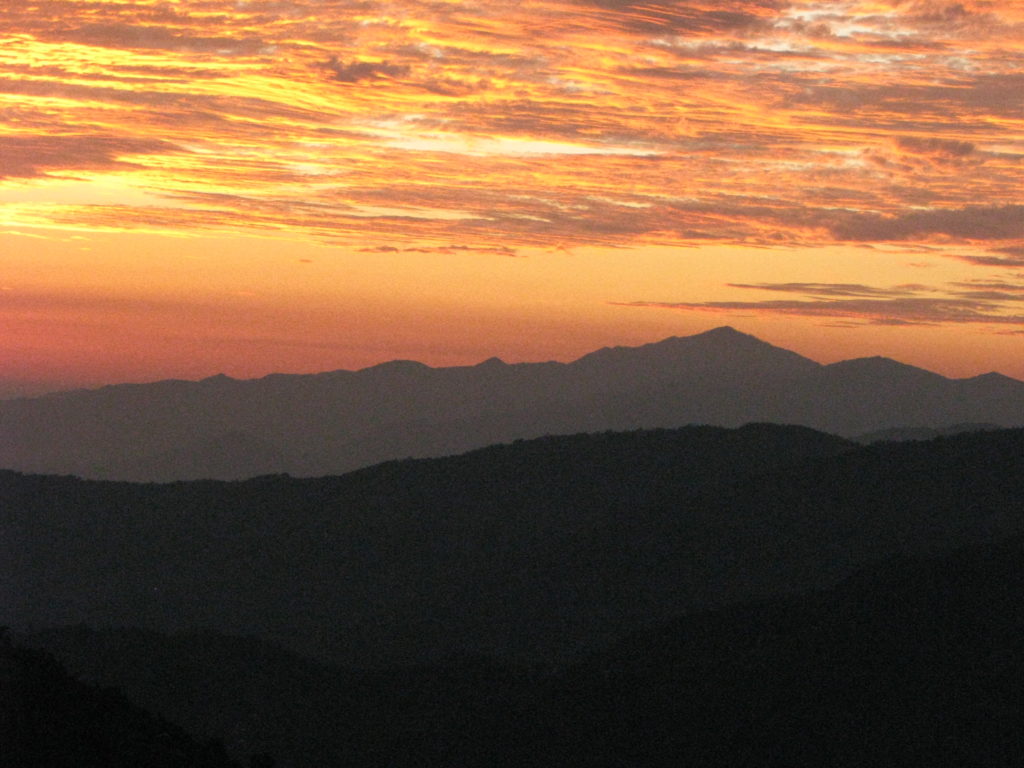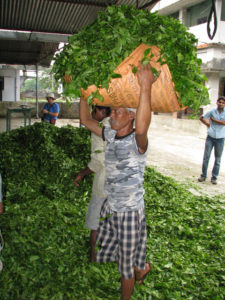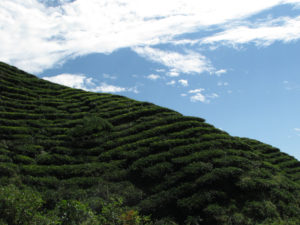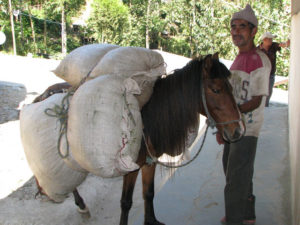

Nepal is a landlocked country at the base of the Himalayas, sharing a border with China to the north and India to the south, west and east. Eight of the world’s 10 highest mountains are in Nepal; Mount Everest rests on the China-Nepal border.
A monarchy until 1990, Nepal has undergone extraordinary changes in recent decades, including civil war, Maoist insurgency, deeply embedded political in-fighting (139 political parties registered for the 2013 elections for the new Constituent Assembly), years of delays in constitutional development, to now, a federal republic. Nepal’s location is considered highly strategic, resting between the global superpowers of India and China.
Yet independence or location hasn’t given the country any louder voice on the global stage, or access to the same economic opportunities. Although it has made strong improvements, Nepal is still one of the world’s poorest countries: one in four people live below the poverty line. It’s estimated that 25–30% or more of the country’s GDP is from remittance–workers living abroad, sending money home, because there is no work in their home country. More than 70% of the people who remain work in agriculture. The 2015 earthquake, which claimed thousands of lives, did not heavily affect the elevated tea-growing regions, but it devastated an already fragile infrastructure.
Historians say the first tea bushes in Nepal were grown from seeds, gifted by the Chinese emperor. The earliest roots of tea in Darjeeling, meanwhile, are a colorful mix of espionage (smuggled seeds from China), tireless research, and trial and error by the British. India’s famed Darjeeling tea district of West Bengal shares its eastern border with Nepal.
In Nepal, most tea is produced by small farmers, in stark contrast to the vast tea plantations and social complexity of such systems in India. The farmers can either process the tea themselves or sell the raw leaves to factories. In areas fortunate enough to even have production facilities, the factories are limited and unsuited to modern tea processing. Very few producers have withering troughs and rollers. Sorting is by hand. Ownership of the land and the tea plants remain with small farmers, which is a good thing. However, the limited means to actually produce and sell the finished tea in an accessible market keeps producers locked in poverty.

Tea in Nepal: where & when?
The key districts for leafy orthodox tea production in Nepal are mainly in the eastern part of the country: Ilam, Panchthar, Dhankuta, and Terhathum. The four production seasons are similar to Darjeeling, but with different timing. The spring season gets underway in late March/ early April. By contrast, Darjeeling can have teas ready by February in some years, although global warming is changing this pattern. Peak time harvest in Nepal runs until November, with a spring, summer, monsoon, and autumn crop.
The reason for the different timing is elevation. The high grown teas of Nepal start putting forth leaves quite a bit later than Darjeeling. On average, the quality gardens are located at a higher altitude, at least 4,000 feet (1,200 meters). By contrast, Darjeeling has quite a few gardens, including famed, quality producers, below this level. This elevation difference means that Darjeeling teas have a calendar advantage to be first to market. If you want the good spring picks from Nepal, you’ll have to be patient.
Tea producers in Nepal utilize their own hybrid of British orthodox and Chinese tea production techniques, which over the years has given the tea its own unique character.
Where does Nepal’s tea go?
Unlike tea-loving powerhouses such as Japan or Korea, where foreign buyers nearly always line up behind the locals for competition to buy, the domestic market in Nepal is quite small–too small to buy everything that’s produced. The main challenge is selling. Most of Nepal’s tea goes to India at very low prices, with no guarantee of full or even partial payment. Tea producers in Nepal can end up with long credit periods and broken contracts, deepening an already precarious situation for them. This problem also affects the brand identity of India’s tea. Producers in Darjeeling have seen their own products become confused and muddled with the unauthorized blending of outside teas to lower the price.
However, orthodox teas have found a fast-growing following in markets such as the U.S., Europe, U.K., Australia, and Japan, while the cut, tear, curl (CTC) grades are mainly sold to India, Pakistan, and Russia. Shipping out of the country is also just as difficult as production and sales. Trade relations between Nepal and India, especially in relation to product moving across their shared borders, have not always been helpful, to say the least. Last year, Nepal was almost entirely cut off when a blockade was placed along the Indian border by anti-constitution protesters. This critically impacted the transportation of supplies, including fuel.

Progress and the future
Despite these many challenges, interest and love for Nepali tea is blossoming. Producers are making progress in their efforts to secure a place for their specialty grade teas in niche markets. They also operate under a strict code, which, among other goals, aims to preserve the bio diversity and soil fertility of their Himalayan home. The aim is to prevent gardens from turning into monoculture, sustainability-threatening operations. At the same time, there are more and more outspoken advocates sharing the message of the truly unique character of such teas.
Awareness of the importance of tourism and connection to Nepal, in light of the disastrous 2015 earthquake, has led to more tea lovers asking, “What can I do?” The answer? Support Nepal tea through your purchasing. Ask your local tea shops and cafes to carry Nepal tea. Engage in a helpful dialogue with devotees of teas from Darjeeling, which compete with Nepal for market. “Helpful” is not better-than/lessthan posturing. Just as New World and Old World wine can coexist and find an audience, so can the many unique flavors of Himalayan tea, for the benefit of everyone.
Tea Market
Get More Value from Your Tea: BRU Maker One
+41794574278
Jacque's Organics
(647) 804-7263